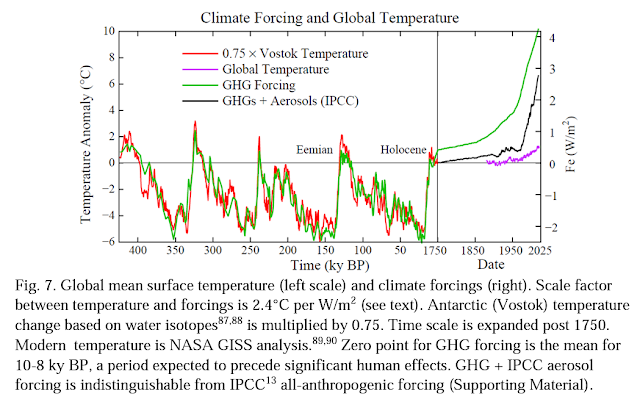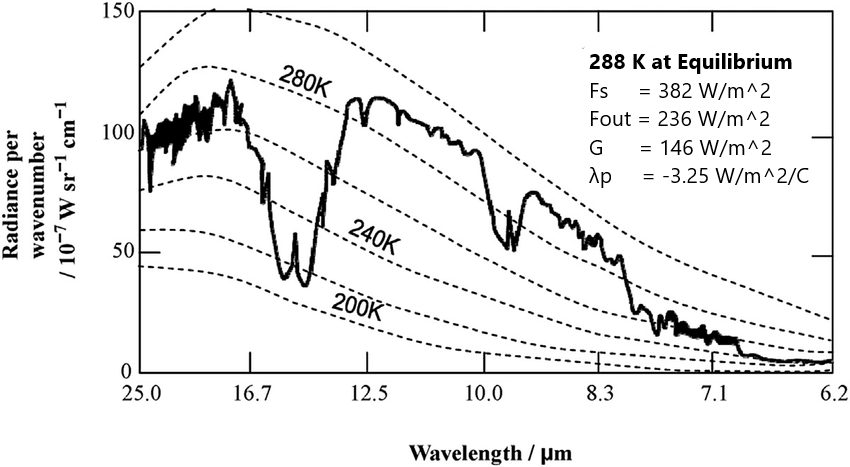Is Happer Right that Warming by CO2 is Too Small to Matter?

In a recent talk (relevant excerpt from John Shewchuk here ) given to an Australian political group called the Institute for Public Affairs (IPA), William Happer argued that doubling CO2 causes only 0.71 K warming, and that amount of warming for 2xCO2 is too small to matter. He then suggests that in order to make CO2 a problem, scientists had to invent giant feedbacks to amplify warming by as much as 10x the amount caused by CO2 alone. I've seen this claim repeated by others on X and other social media platforms, but as best I can tell Happer originates this particular argument. So I'd like to consider, is this plausible at all? I think it's pretty easy to investigate this and show conclusively that it is not. In fact, even Happer disagreed with this claim as recently as 2020. Ranges for ECS/TCR in IPCC Reports Happer's Argument At about the 1 minute mark of the above linked excerpt, Happer explains his math on how he arrives at 0.71 K for equilibrium climate sensitiv...





%20(6).png)